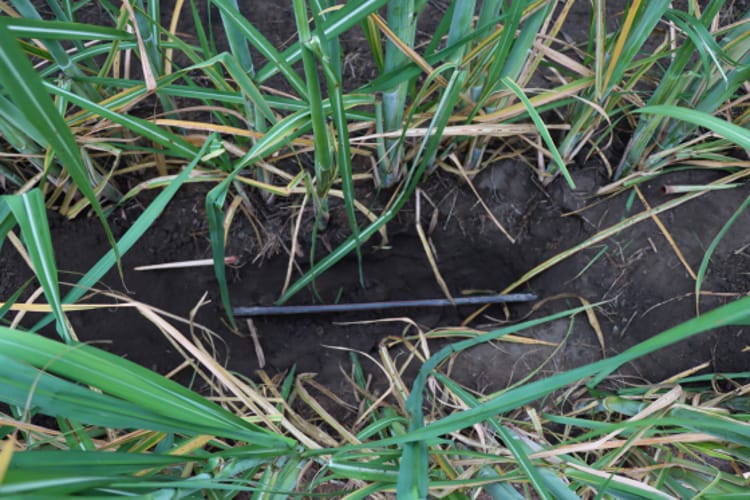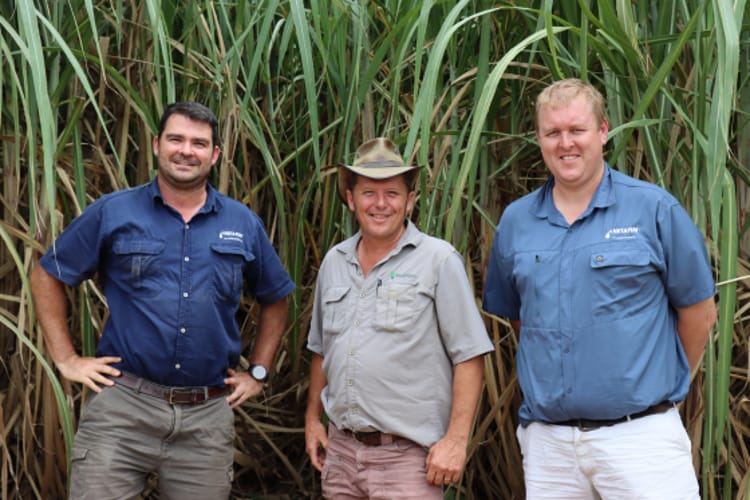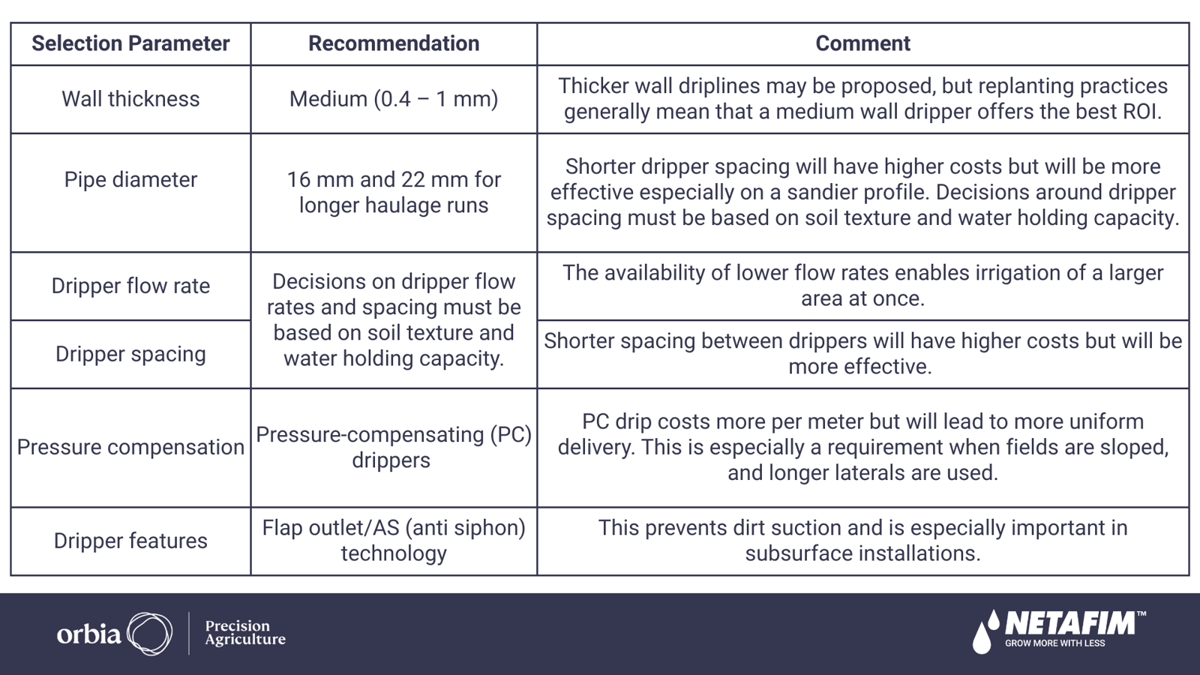Drip on Sugar – Saving Water, Energy & Labour
Drip irrigation has long been a trusted method for irrigating sugarcane; widely recognised for its ability to reduce resource use and increase yields. Conversations with sugarcane farmers in Kwa-Zulu Natal highlighted that the greatest benefits of implementing drip irrigation in sugarcane production often extend beyond the traditional goal of growing more with less. Lower electricity use and reduced labour requirements emerged as some of the most valuable benefits of drip irrigation in sugarcane production.
Efficiency All Around
Wilrik Scheepers of 4 x 4 Boerdery to the south of Pongola, says that drip irrigation has an important place in the management of their various sugarcane production units. “A massive benefit is that it allows us to incorporate solar in our electricity supply for irrigation. The reduced energy requirements of drip irrigation make solar a feasible energy source. Drip irrigation is not only more water-efficient but also more energy-efficient,” he explains.
As Henco Grobler of Senekal Boerdery near Mkuze puts it: “Drip irrigation is a valuable tool for us to ensure efficient and profitable sugarcane production on a large scale. We plan to convert many more of our sugarcane fields to drip irrigation and install drip irrigation on a large percentage of our new fields planted. This decision is mostly driven by the fact that we will save significant money on our electricity bill.”
Richardt Scholtz, Agronomist for Netafim in KZN, explains this benefit: “With drip irrigation you can irrigate a larger area with the same amount of water, compared to other irrigation methods. Moving water from the source to the field is often the most expensive component of an irrigation system’s operation. As water is used more efficiently, less water must be moved and it can be efficiently delivered at lower pressures – all leading to reduced pumping requirements. This translates to lower electricity use.”
Do the Math
Wilhelm Harris of Vriendschap Boerdery near Heatonville reminds us that farming is all about doing the math. For each field, we must carefully evaluate and determine the most suitable irrigation method. “We must consider the cost of the system, production potential of the field, resource availability and many other factors to determine which investment will ensure that we can not only unlock the highest potential from the crop but also achieve optimal return on investment. It all comes down to knowing your crop, your soil and the tools available.”
An important impacting factor when doing these calculations is, of course, rising input costs. A lot has been said about the pressure of rising input costs in the agricultural sector.The need to elude an input cost pinch, will always be one of the biggest drivers of increased efficiency in farming practices. “The higher the cost of electricity, for example, the greater the drive to invest in technologies that allow you to use this resource more efficiently. Each type of irrigation system has certain costs, and certain benefits that come with that cost. It all comes back to doing the math holistically, Harris reiterates.






Share your thoughts
Comments
We'd love to hear your thoughts! To enter a comment, type your name and email address.